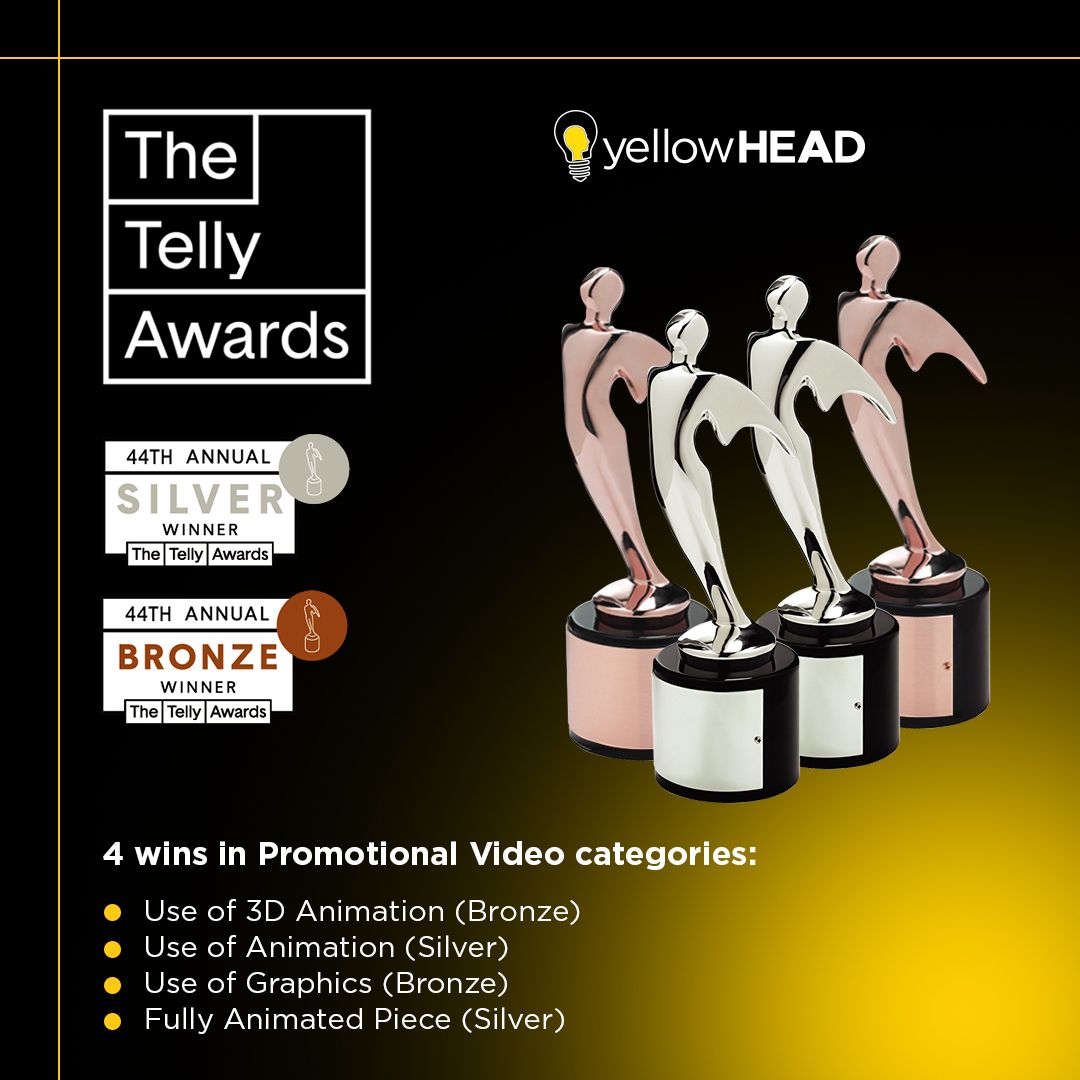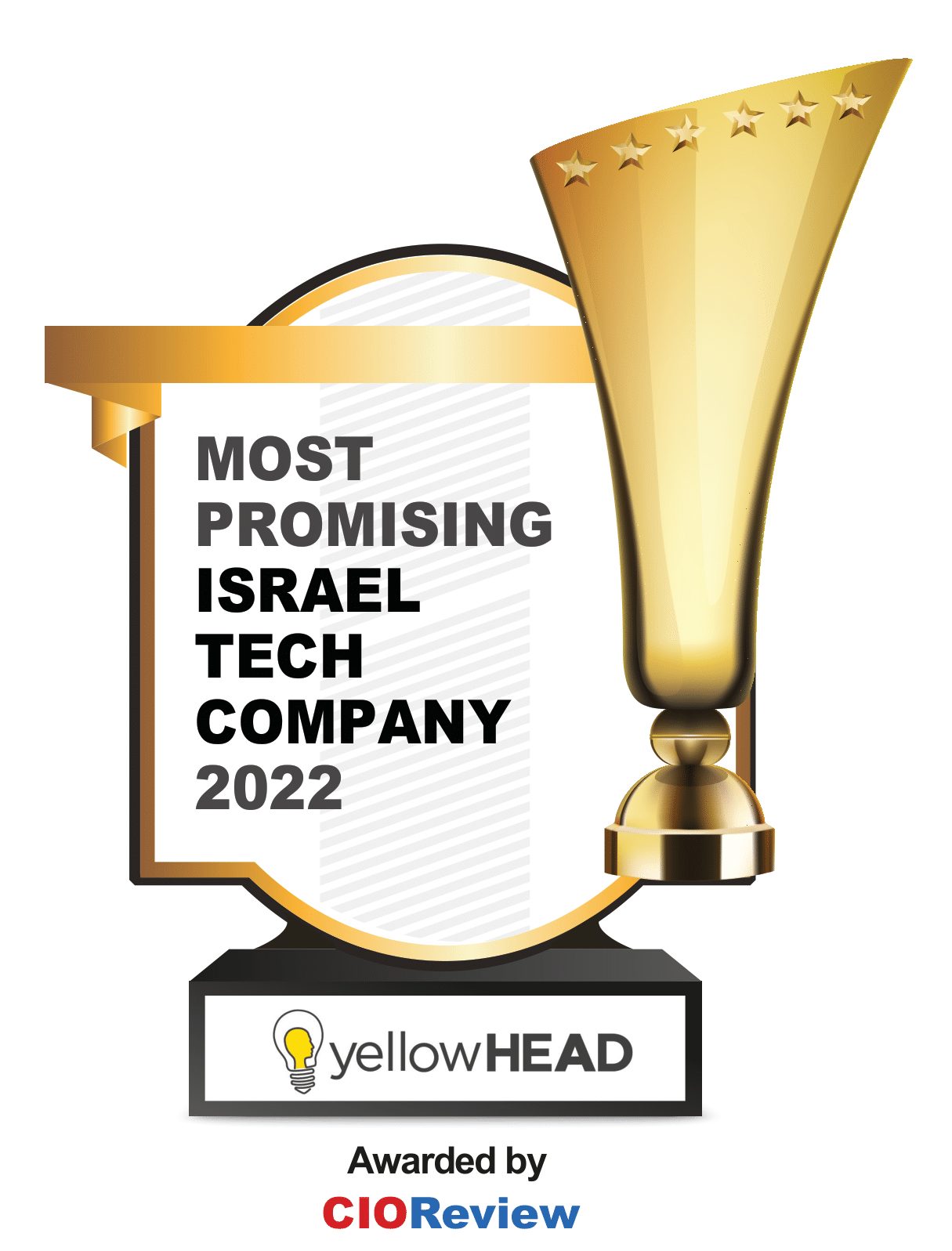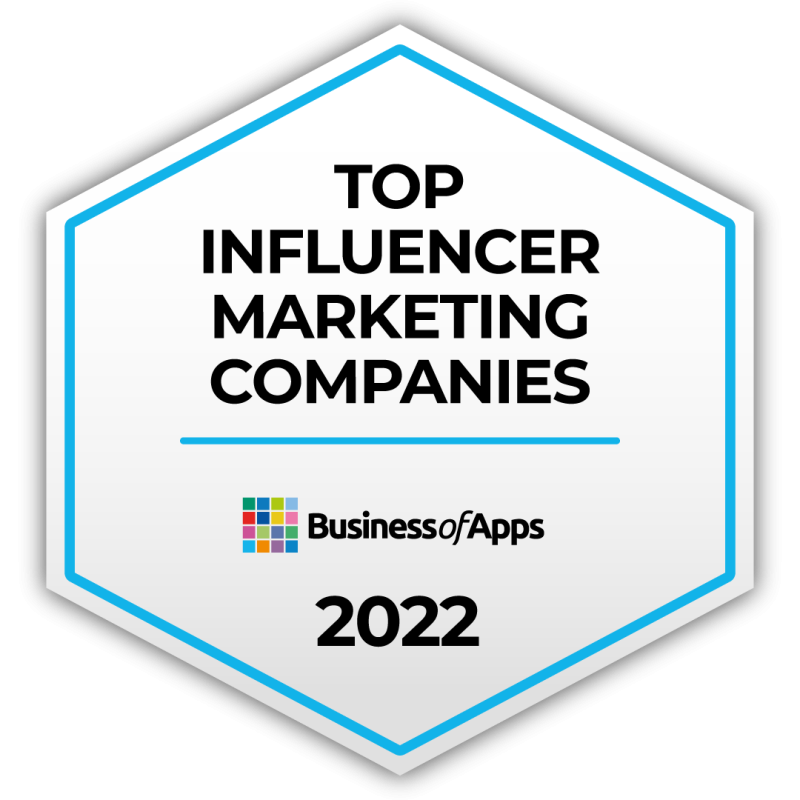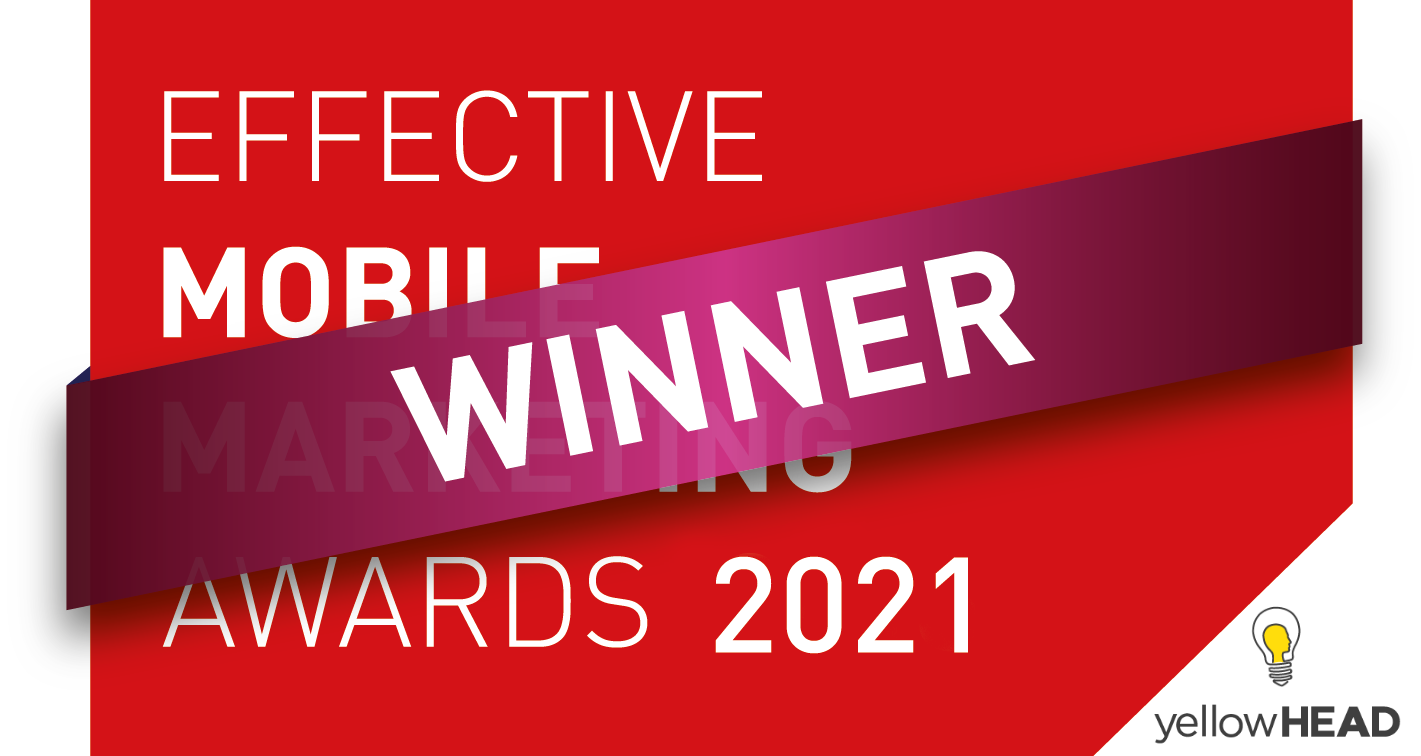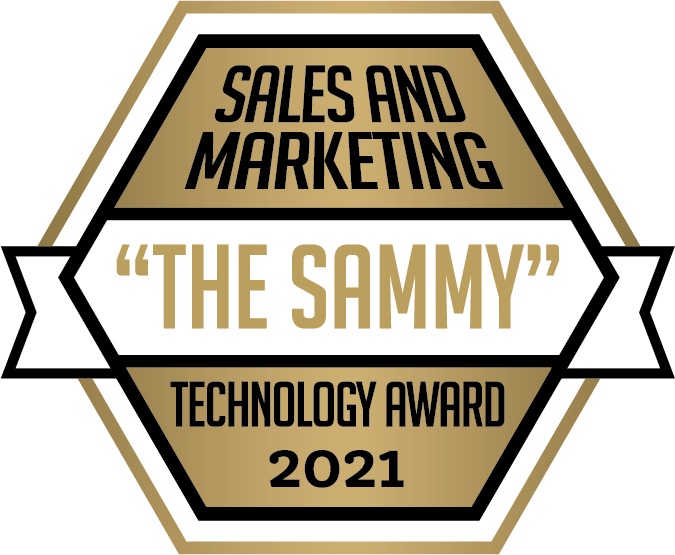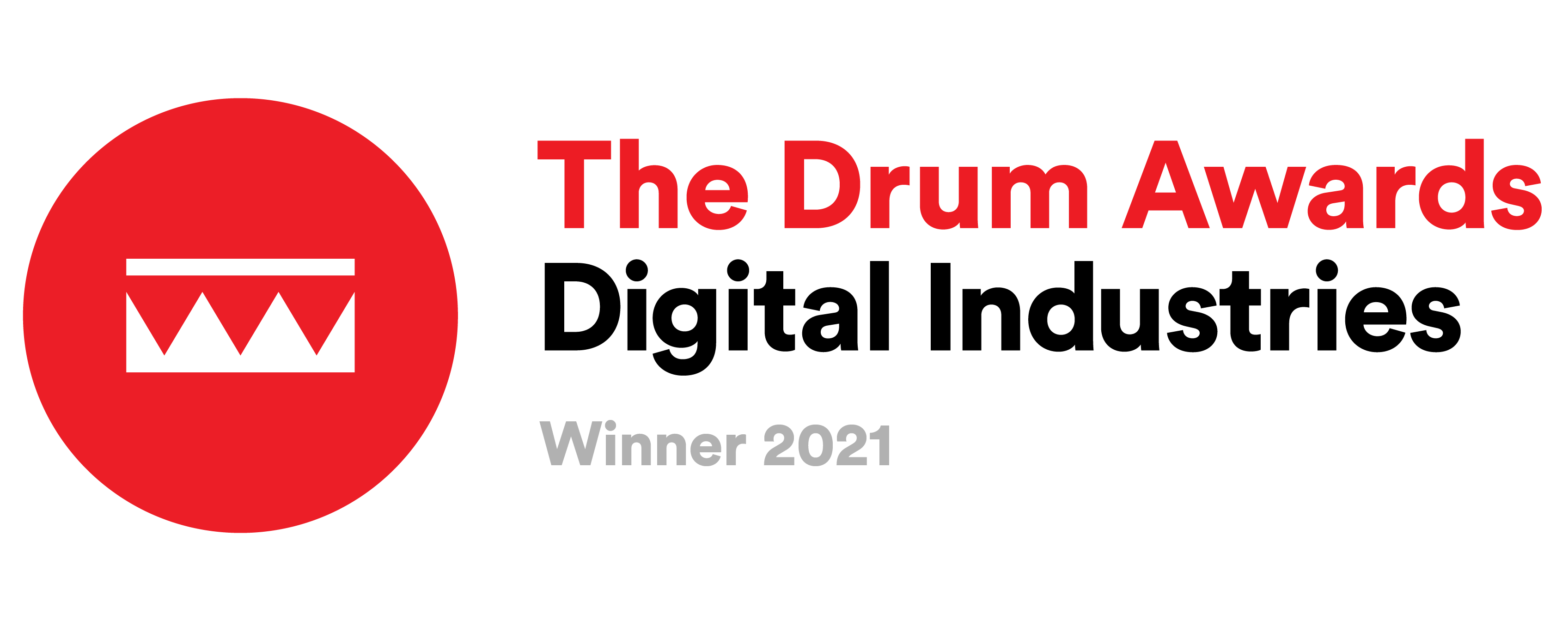Mastering Video Marketing: The Ultimate Guide

Key Highlights
- Video marketing is a great way to connect with your target audience and make your brand more visible. It can help you drive conversions.
- You can choose from many video styles, like explainer videos or testimonials.
- To create a successful strategy, you need to set clear goals, know your audience, and make engaging content.
- Selecting the right platforms for sharing and promoting your videos is key. This helps you reach more people.
- Remember to analyze how well your video marketing campaigns perform. This helps you see what works and make smart choices.
What is Video Marketing
In today’s online world, getting your audience’s attention is very important. Video marketing is key to achieving this. By using videos, businesses can improve their digital marketing efforts. They can also connect better with consumers. A good video marketing campaign can boost brand awareness. It can turn ordinary viewers into loyal customers.
Understanding Video Marketing
Video marketing involves making and sharing video content to promote a brand and its products or services. It uses the power of video to tell your brand story, teach your audience, and increase sales.
From a short explainer video to a strong customer testimonial, video can grab attention and connect with viewers. Adding video to your marketing plans lets you use a flexible method that has shown success.
Defining Video Marketing in Today’s Digital Age
In today’s digital world, video marketing is a strong way for businesses to connect with their target audience and meet their goals. Just using traditional marketing is not enough anymore. With so much content around, video is unique because it is engaging and easy to share.
Social media marketing now depends heavily on video content. Platforms like Instagram, TikTok, and YouTube focus on fun and interesting videos. Videos can show emotions, present products in action, and tell great stories, making them key to standing out in busy news feeds.
Adding video to your content strategy can also help improve your search engine optimization (SEO). Search engines favor video content. They often rank it higher in search results, which helps bring more organic traffic to your website.
A Recipe for Video Success: Read our award winning success story.
The Evolution and Importance of Video Marketing
Video marketing has changed a lot over the years. It started as a new way to market but has now become essential for digital strategies. In the past, video production was costly and took a lot of time. This made it hard for many businesses to use videos. But now, new technology and easy-to-use video editing software make video creation much simpler.
Today, all types of businesses see how important it is to use video in their marketing efforts. They know that video helps them connect with their audience better. This makes their brand feel more personal and allows them to show off their products or services in an interesting way.
Because video can inform, entertain, and inspire, it is now a key tool for building brand image and getting people to engage more deeply.
The Critical Role of Video Marketing
Video marketing is not just a trend; it is a key part of good marketing today. It is great at catching people’s attention, creating a connection to the brand, and increasing sales. This makes it very important for any marketing plan.
Video marketing helps improve SEO rankings, creates new leads, and builds customer loyalty. These benefits are too valuable to overlook.
Enhancing Brand Visibility and Engagement
One big benefit of video marketing is that it helps your brand get noticed and increases engagement. Good videos catch people’s attention and make them curious. When your target audience enjoys your video, they are likely to share it with others.
More social shares mean a wider reach and more people will see your brand. A great video can even go viral and spread your brand to many more people than just your followers.
Also, video lets you show off your brand identity in your marketing. You can express your brand’s personality, values, and key points in a way that connects better than just words.
Driving Conversions and Sales Through Visual Content
Video marketing does more than just build your brand. It helps guide potential customers through the sales funnel and can increase conversions. Videos show your products or services in action. They highlight the benefits and tackle the problems that potential customers may face.
When you add a clear call to action (CTA) at the end of your videos, you help viewers know what to do next. This could be visiting a landing page, making a purchase, or signing up for a newsletter.
Video marketing can fit different stages of the marketing funnel. This allows businesses to nurture leads better. You can create fun social media videos to raise awareness. Additionally, provide detailed product demos and customer testimonials on your website landing pages. This way, you keep potential buyers interested.
Crafting a Winning Video Marketing Strategy
A good video marketing strategy involves more than just making great videos. It needs careful planning, smart execution, and regular updates. The first step is to set your goals. What do you want to get from your videos? Is it to grow brand awareness, bring more visitors to your website, or increase sales?
After you define your goals, you can focus on finding your target audience. Then, choose video styles that fit what you need. Finally, figure out the best platforms to reach the viewers you want.
How yellowHEAD Creates Amazing Video Ads? There’s a lot more than meets the eye when scrolling through videos on your social media feed. From the artistic to the technical, yellowHEAD producers take us behind the scenes of yellowHEAD’s full video production services.
Setting Clear Objectives for Your Campaign
The first step in creating a successful video marketing campaign is to connect your work with your business goals. Think about what you want. Are you looking to boost sales, get more website visitors, or gather leads? Having clear goals will help shape your campaign. This includes what type of videos to make and where to share them.
Ask yourself what you want to accomplish with your video marketing. Are you aiming to increase brand awareness, teach people about a new product, or encourage sales? Once you understand your goals, set specific and reachable objectives using the SMART method: Specific, Measurable, Achievable, Relevant, and Time-bound.
These goals will help you measure how well your videos perform. They will also guide you in making creative choices, keeping your video content focused on what you want to achieve.
Identifying Your Target Audience and Their Preferences
It’s very hard to make great video content without knowing your audience. Who do you want to reach with your videos? What do they like, struggle with, and hope for?
When you know your target audience well, you can adjust your video content to match their tastes. This helps your videos connect better. Think about their age, background, interests, and how they use the internet.
Also, consider how your ideal customer engages with video content. Do they spend most of their time on social media? Do they like short videos or prefer long tutorials? By understanding their viewing habits, you can create a better customer experience.
Developing a Content Plan That Resonates
With a clear idea of your goals and who you want to reach, you can start building a content strategy that connects. Think about the types of content that will help you achieve your goals. Will your target audience enjoy funny, light videos? Or, will they prefer educational and informative content?
Try out different video styles to find what works best. You can create explainer videos, product demos, behind-the-scenes looks, customer testimonials, or thought leadership pieces.
The important part is to offer a mix of content that keeps your audience interested and wanting more. Also, remember that being consistent matters. Set up a regular posting schedule and follow it to keep your audience engaged.
Types of Video Marketing to Elevate Your Brand
The beauty of video marketing is its flexibility. There are many video styles you can try. Each one can grab your audience’s attention and boost your brand in different ways.
You can use explainer videos that make hard ideas easier to understand. Or you can share behind-the-scenes looks that make your brand feel more personal. There are so many options. The important part is to pick the styles that match your goals. They should connect with your target audience and share your brand message clearly.
Explainer Videos: Simplifying Complex Ideas
Explainer videos are great for making complicated ideas simple. They present information in a clear and interesting way. These videos are often used to introduce your product, service, or idea. They help you share important details quickly with your target audience.
By using animation, visuals, and easy language, businesses can explain what they offer. This makes it informative and simple. Explainer videos are especially useful when you want to teach your audience about something new or hard to understand.
Think about adding explainer videos to your website’s landing pages or using them in your social media plans. They can also be useful for short tutorials, product demos, or giving answers to common questions. When you combine explainer videos with other formats, like customer testimonials, it can make them even more effective and help build trust with your customers.
Testimonial Videos: Building Trust and Credibility
In today’s tough market, gaining trust and respect is very important for any brand. Testimonial videos are a real and strong way to do this. When real customers share their happy stories, businesses can show how good their products or services are.
When people see and hear others talk about their true experiences, it creates social proof. New customers are more likely to believe what those who have used a product or service say.
Testimonial videos can help boost brand awareness, gain new customers, and build loyalty. Think about adding testimonial videos to your website, social media, and email marketing to reach more people and make a bigger impact.
Product Demos: Showcasing Your Offerings
A good product demo video shows the value of what you are selling. These demo videos help explain the features, functions, and benefits of your product or service.
A successful video does more than just show what your product does. It explains how it solves a problem or makes life better for your customers. Sharing real-life examples and benefits makes it easier for viewers to see how the product can help them.
Think about adding product demos to your website, landing pages, and social media. They work well when you launch a new product, especially for visual learners who like to see a product in action.
The Production Process: Making Your Vision a Reality
Making quality video content follows a clear process. This process has three main stages: pre-production, production, and post-production. Each stage is important for turning your initial idea into engaging video content that grabs your viewers’ attention.
You need to plan, write the script, film, and edit. Knowing the details of each stage helps the production go smoothly. In the end, this leads to a better final product.
Pre-production Planning: Storyboarding and Scripting
The pre-production stage is important for making a video. It helps make sure everything is ready before filming starts. This stage includes key tasks like coming up with ideas, knowing your target audience, and setting goals for your video.
Storyboarding is a valuable part of pre-production. It helps you plan how your video will flow and what comes next. By creating a storyboard, you can find problems and improve your idea before you start filming. A good storyboard serves as a guide for your video. It makes sure everyone knows what to do.
Writing a script is just as important. It lets you carefully plan your message, what people will say, and how to encourage action. A well-written script keeps your video interesting and clear, and it helps you share your message well.
Production Tips: Filming Techniques for Quality Content
The production stage is where your video really starts. Good camera gear can make your videos better, but don’t forget that a smartphone with a nice camera works well too. Get a tripod to keep your shots steady. Use natural light to make your video look more polished.
Try different filming styles like close-ups, wide shots, and establishing shots to make your video more interesting. If you are filming people, focus on how you frame and compose each shot. You might also want to use a lavalier microphone to get clear sound, especially in noisy places.
Quality video content needs both good visuals and clear audio. By focusing on these details during the production, you can make videos that are engaging and look professional.
Post-production: Editing for Impact
Post-production is the stage where you make your video look great. This part includes video editing, fixing colors, adding music and sounds, and putting in graphics and text.
Good video editing can turn basic footage into an interesting story. You should cut out parts that don’t matter, pick fun transitions, and make sure everything flows well to keep viewers engaged. There are many easy-to-use video editing programs out there, and lots of them have free trials. This makes it simple to improve your videos.
Keep in mind that video editing is a powerful tool for telling stories. By choosing the right clips, adding music that fits the feeling, and using visual effects, you can create something that looks good and connects emotionally with people.
Choosing the Right Platforms for Your Videos
With your videos ready to share, it is important to pick the right places to host and promote them. Think about where your target audience spends their time online. Do they watch a lot of YouTube, enjoy Instagram Reels, or interact with video content on LinkedIn?
Each platform has its own strengths. They cater to different age groups, video lengths, and styles of content. You might also want to host your videos on your website. This can help you optimize them for search engines.
Understanding the Landscape of Video Hosting Services
Hosting your videos on special platforms has many benefits. Sites like YouTube, Vimeo, and Wistia store your videos in one place. This makes it easy to share, embed, and find them.
When you pick a platform, think about things like how much space you get, how you can customize it, the tools for tracking views, and any limits on video length or size. Also, check the embed options. This helps you connect your videos to other online places like your website or blog easily.
To reach a larger audience, use social media sites such as Facebook, Instagram, TikTok, and LinkedIn. These platforms help share videos with built-in viewers and sharing options.
Maximizing Reach on Social Media Platforms
Social media platforms are very important for video marketers. They help reach more people and create engagement like never before. When making your social media marketing strategy, you need to adapt your plan to match each platform’s special features.
For example, Instagram Reels and TikTok work well with short and catchy videos, often with music. These platforms are great for showing behind-the-scenes content, product sneak peeks, or funny clips. In contrast, LinkedIn is better for professional videos, like expert talks, industry news, and snapshots of company culture.
No matter which social networks fit your target audience, it’s crucial to make engaging content. This should start conversations and get shared. Use relevant hashtags, respond to comments, and think about running targeted ad campaigns. This can help you reach more people and increase your visibility.
Video Marketing for Social Media Success
Using social media for video marketing success takes more than just posting your video and crossing your fingers. You need a solid plan to grab attention in a world of constant scrolling.
Begin by fine-tuning your videos for the specific needs of each platform. Pay attention to details like video size, file size limits, and if you need captions.
Tailoring Content for Different Social Networks
Each social media platform draws in different types of people. They have their own rules and like different kinds of content. So, it’s important to change your content strategy for each platform. When you know what your target audience enjoys and how they act on each platform, you can make videos that really connect with them and get more engagement.
For example, if you’re aiming at a younger audience on TikTok or Instagram, you should use current trends, popular music, and eye-catching editing to grab their attention.
On the other hand, Facebook and YouTube pull in a mix of audiences, needing a different approach. People on Facebook often enjoy longer videos. Meanwhile, YouTube users usually look for educational or entertaining content.
Engaging Your Audience with Creative Storytelling
In today’s world filled with too much information, just showing facts and numbers isn’t enough. You must create a story that grabs your audience’s attention and stays in their minds. Creative storytelling is key here. Sharing real and relatable stories helps you connect with people on a deeper and more emotional level.
Think about the main message you want to share. Find a way to turn that into a story that your target audience understands. Include things like surprise, humor, or inspiration to make your videos stand out. Remember, people link to stories that stir their feelings.
When you work on your brand story, keep in mind the values and mission of your business. What problem do you help solve for your customers? What dreams does your company have? Being real is very important; people can tell if a story is fake. Be honest, be relatable, and most importantly, be human.
Distribution Strategies That Get Your Videos Noticed
Creating great video content is only the first step. You also need a good strategy for sharing it. This will help get your videos to the right people. Just like a good movie needs a wide release, your videos need to be shared and promoted to be seen by more viewers.
Think about using both free and paid ways to promote your videos. You can share them on your social media, put them on your website, and connect with online groups that are related to your topic.
SEO Best Practices for Video Marketing
Optimizing your videos for search engines is important. It helps your videos get noticed and appear in the right search results. You should add relevant keywords to your video title, description, and tags. This helps search engines understand what your video is about. Then, they can show it to people looking for similar information.
Also, you can make a transcript for your video to improve your search engine optimization (SEO). Search engine crawlers cannot watch videos, but they can read text. A transcript gives a text version of your video content. This makes it easier for search engines to find and list your video.
Use an eye-catching thumbnail image that matches your video content. It should draw users in so they want to click. Keep in mind, your video thumbnail is often the first thing viewers see. So, you want to make sure it’s great.
Leveraging Email and Other Channels for Promotion
Don’t underrate email marketing. It is a great tool for promoting your videos. You can place your videos directly in your email campaigns. This will grab your subscribers’ attention and bring traffic to your website or social media. Use a catchy subject line that makes people want to open the email. Also, divide your email list into groups. This way, you can send relevant video content to the right audience.
Look for other ways to promote that fit your target audience. If you focus on a niche market, think about teaming up with influencers or bloggers in your field. Writing guest posts for related blogs or websites can also help widen your reach and bring in new viewers.
By using different ways to share your videos, like the best SEO practices, email marketing, and forming helpful partnerships, you can enhance your video marketing efforts. Remember, the aim is to connect with your audience where they already are.
Analytics and Measuring Success in Video Marketing
Once you have spent time, energy, and resources making and sharing video content, you need to check how it is performing and look at the results. Video analytics give helpful insights into how your audience interacts with your videos. This helps you see success and make choices based on data.
By knowing key numbers like view count, watch time, engagement rate, click-through rate, and conversion rate, you can understand better what is working and what isn’t. This way, you can improve your strategy for better results.
Setting KPIs and Goals for Your Video Content
When you focus on video marketing, it’s important not to set vague goals like “increase brand awareness” or “get more views.” To see if you are successful, you should create clear Key Performance Indicators (KPIs) that match your main business goals.
Start by looking at the goals you set when you began your video marketing campaign. Did you want to drive sales, get leads, or teach your audience? Once you know your main goals, choose KPIs that show how you’re doing in those areas.
For example, if you want to increase brand awareness, good KPIs could be video views, social shares, and brand mentions. If your aim is to get more conversions, you should track things like click-through rates, conversion rates, and the number of leads from your videos. Remember, to measure success, you need to define clear KPIs.
Tools and Techniques for Tracking Performance
Most video hosting platforms have video analytics dashboards that give you lots of information. These dashboards show you important numbers like video views, watch time, audience retention, click-through rates, and conversion rates. It’s a good idea to learn how to use the analytics tools on the platforms you’re using. Also, try to understand the data they give you.
Pay close attention to the audience retention rates. This tells you when viewers stop watching your videos. It helps you see where you may need to make changes to keep their interest. Are viewers losing interest in the first few seconds? This might mean you need a better hook to grab their attention.
Don’t be shy about trying different video styles, lengths, topics, and calls to action. See what works best for your audience. The key is to use data to help guide your decisions. Check your video analytics regularly. Look for areas that need improvement. Keep optimizing your content and how you share it to get better results.
Real-world Examples of Successful Video Marketing
Looking at examples of companies that do well in video marketing can give you new ideas and helpful tips. From viral ads that catch people’s attention to well-made brand documentaries, we can learn a lot from brands that create good video content.
Notice how these brands share their stories, connect with their audience, and use different video styles to reach their marketing goals.
Case Studies Highlighting Effective Strategies
Case studies offer helpful information about how brands succeed with video marketing. When you look at real examples, you can find useful tips you can use for your own marketing.
Look for case studies that explore the challenges a company faced, the video marketing strategies they used, and the results they got. These detailed reports can show insights about target audience, content strategy, where to share videos, and how to measure success.
One example is a video marketing campaign from a well-known software company. They made short, fun explainer videos that showed the benefits of their new product. They shared these videos on social media, their website, and in emails. This campaign led to more website visits, more leads, and increased sales.
Final Thoughts
Mastering video marketing involves a mix of creativity, strategy, and data. By knowing the changing landscape and using visual storytelling, businesses can boost their brand, connect with their audience, and increase sales. To succeed today, you need a strong video marketing plan, the right platforms, and targeted distribution methods. To check how well you are doing, set clear goals, use analytical tools, and look at successful examples. Remember, video marketing is a flexible tool. It can work for different budgets and goals. Use its power to engage and convert your audience easily.
At yellowHEAD we have an in-house studio to create any video ad you may need – and we also use AI tools to be data-driven (even when doing creative!). So contact us today for a free creative strategy call. In the meantime feel free to watch our short video about creatives that perform.








